It is one of the most unique things you will see in the wild. A humpback whale swims in a circular pattern while blowing bubbles to create a “net” to encircle its prey. It’s a regular occurrence in the cold blue-green waters of Southeast Alaska, and University of Hawaiʻi at Mānoa researchers and their collaborators have captured it on video from an amazing whale’s-point-of-view along with an aerial video. The team used cameras and sensors attached to the whales with suction cups, coupled with drones to capture the video and important data for a project investigating the causes of a possible decline in humpback whale numbers.
A humpback whale swims in a circular pattern while blowing bubbles to create a “net” to encircle its prey. It’s a regular occurrence in the cold blue-green waters of Southeast Alaska, and University of Hawaiʻi at Mānoa researchers and their collaborators have captured it on video from an amazing whale’s-point-of-view along with an aerial video.
“The footage is rather groundbreaking,” said Lars Bejder, director of the UH Mānoa Marine Mammal Research Program (MMRP). “We’re observing how these animals are manipulating their prey and preparing the prey for capture. It is allowing us to gain new insights that we really haven’t been able to do before.”
Bejder, UH Mānoa Ph.D. student Martin van Aswegen and key collaborator Andy Szabo, Alaska Whale Foundation director, recently observed and recorded the humpback whale bubble-net behaviors that they hope will shed light on shifts in habitat use and changes in food availability linked to prey depletion and climate change.
The team worked with Ph.D. student Will Gough and other members of Stanford University’s Goldbogen Lab and the Bio-telemetry and Behavioral Ecology Lab at the University of California, Santa Cruz, using suction-cup tags fitted with cameras and accelerometers to gain an understanding of how humpback whales in Alaska feed and how some whales use bubbles to optimize their consumption of krill by producing bubble-nets.
The video and accelerometer data coupled with the drone data are providing insights into the fine-scale details of how the whales carry out this behavior and how often they must do this to gain enough energy and weight before they migrate back down to Hawaiʻi to breed and mate.
“We have two angles. The drone’s perspective is showing us these bubble nets and how the bubbles are starting to come to the surface and how the animals come up through the bubble net as they surface, while the cameras on the whales are showing us the animal’s perspective,” said Bejder “So overlaying these two data sets is quite exciting.”
He says about 3,000 humpback whales visit Alaska during the summer feeding period, and up to 10,000 are in Hawaiʻi for the winter breeding period. When the whales leave their foraging grounds and migrate 3,000 miles, they stop eating until their return several months later. Females in Hawaiʻi are using large amounts of energy when they give birth, lactate, and raise their offspring before migrating back to their foraging grounds.

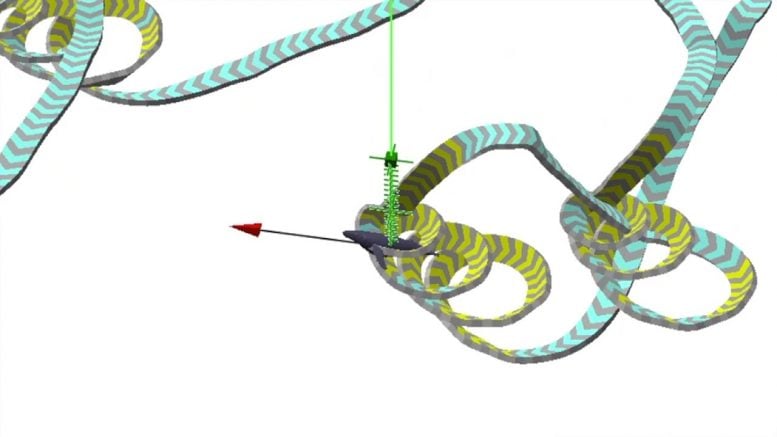
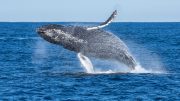
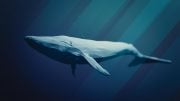
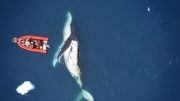
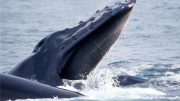
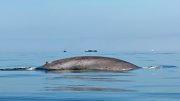
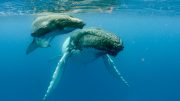
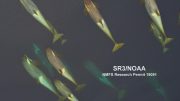
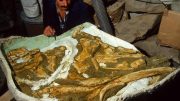
Be the first to comment on "Groundbreaking Video Captures Whale Bubble-Net Feeding From a Whale’s POV"